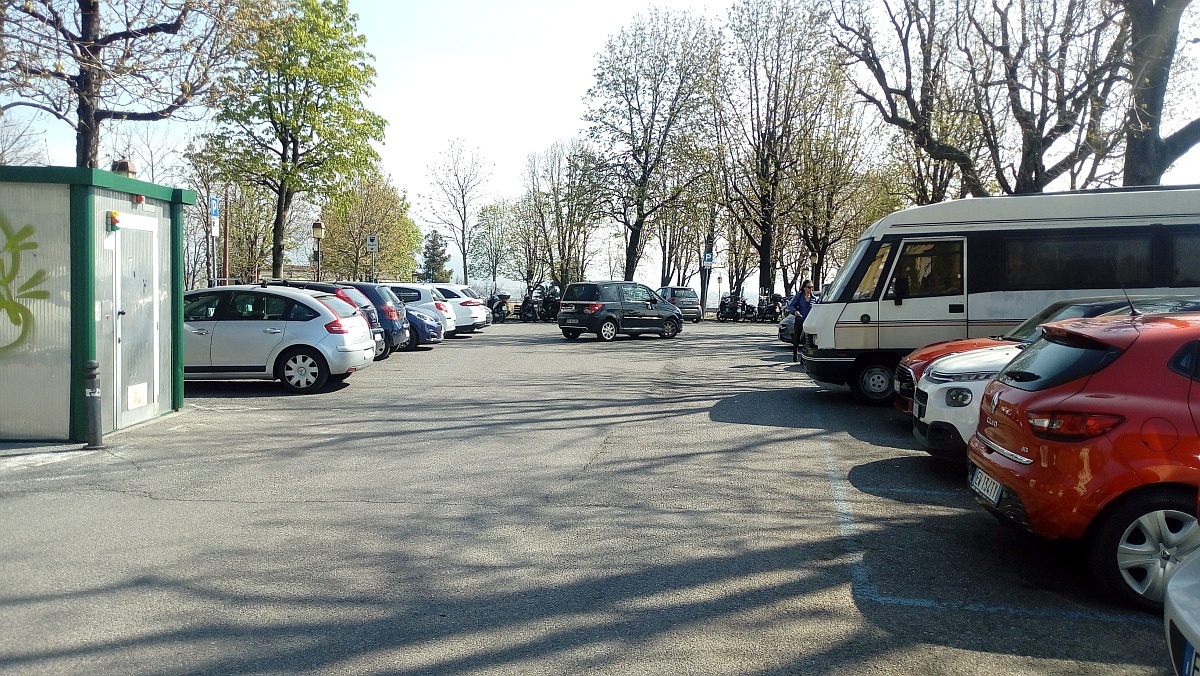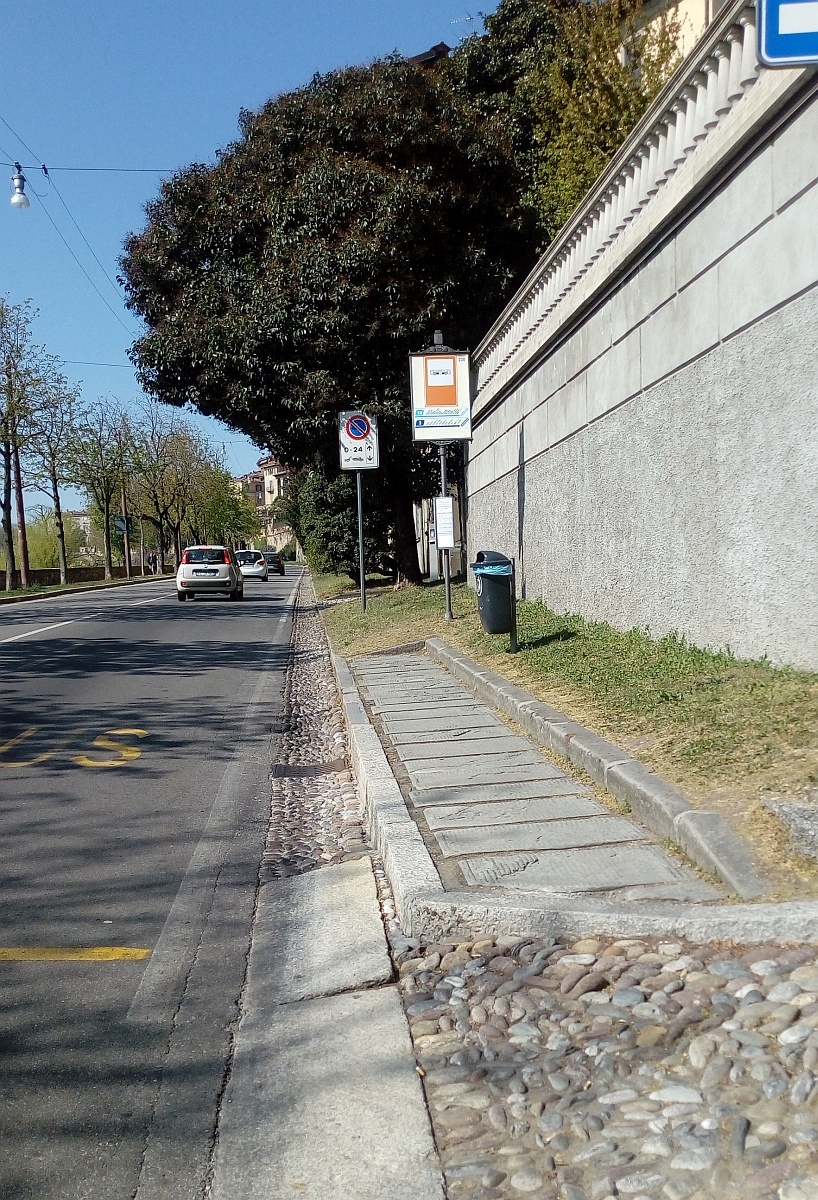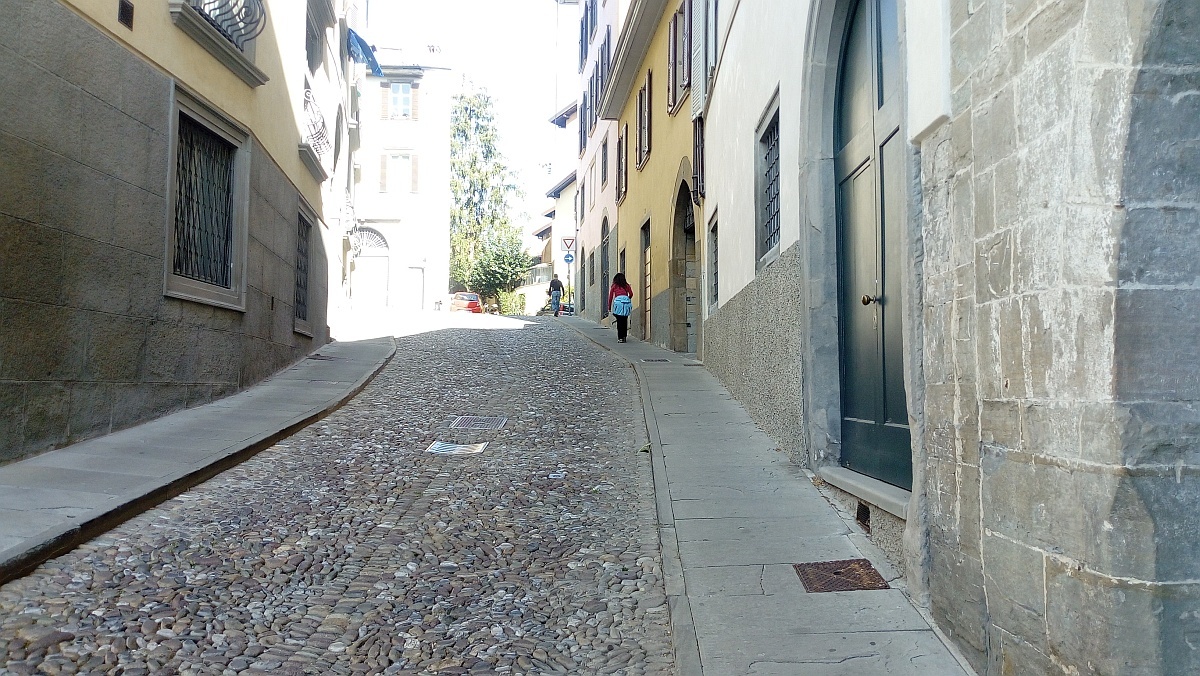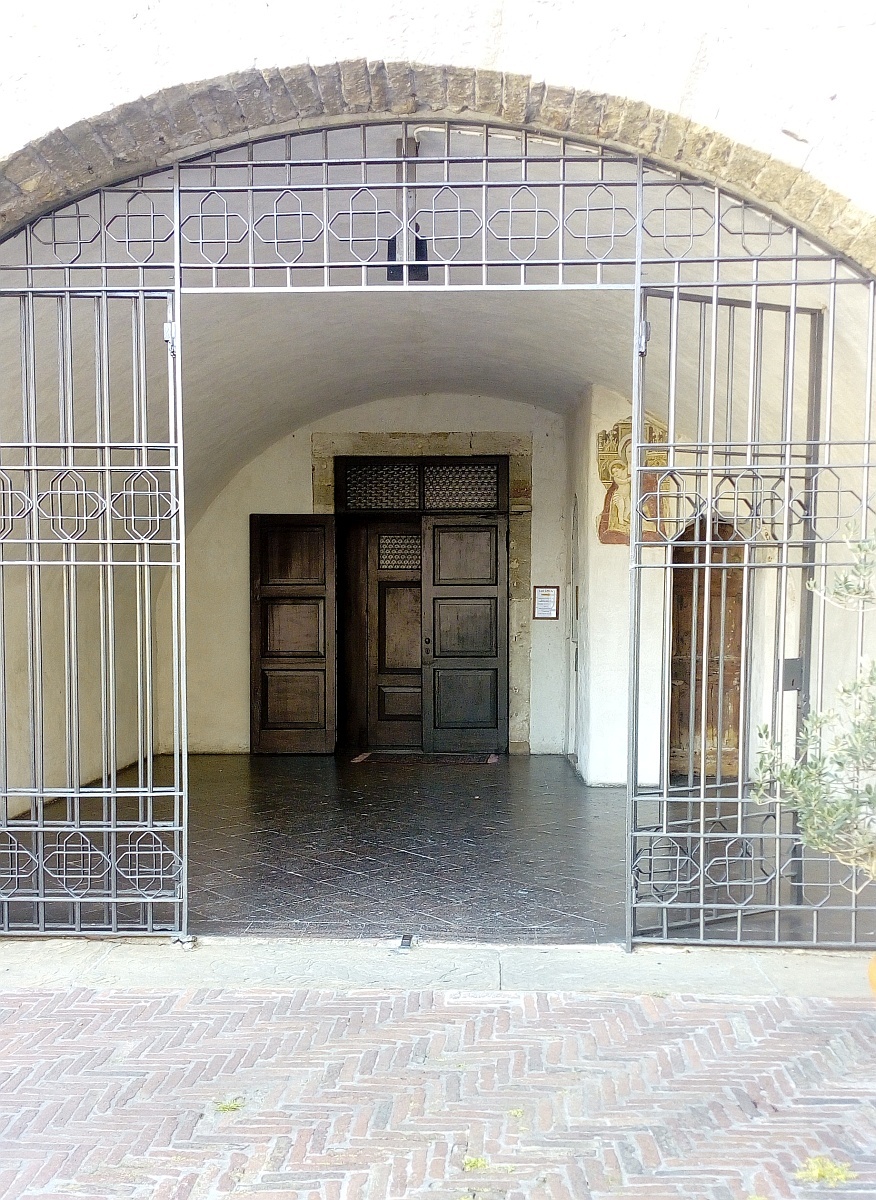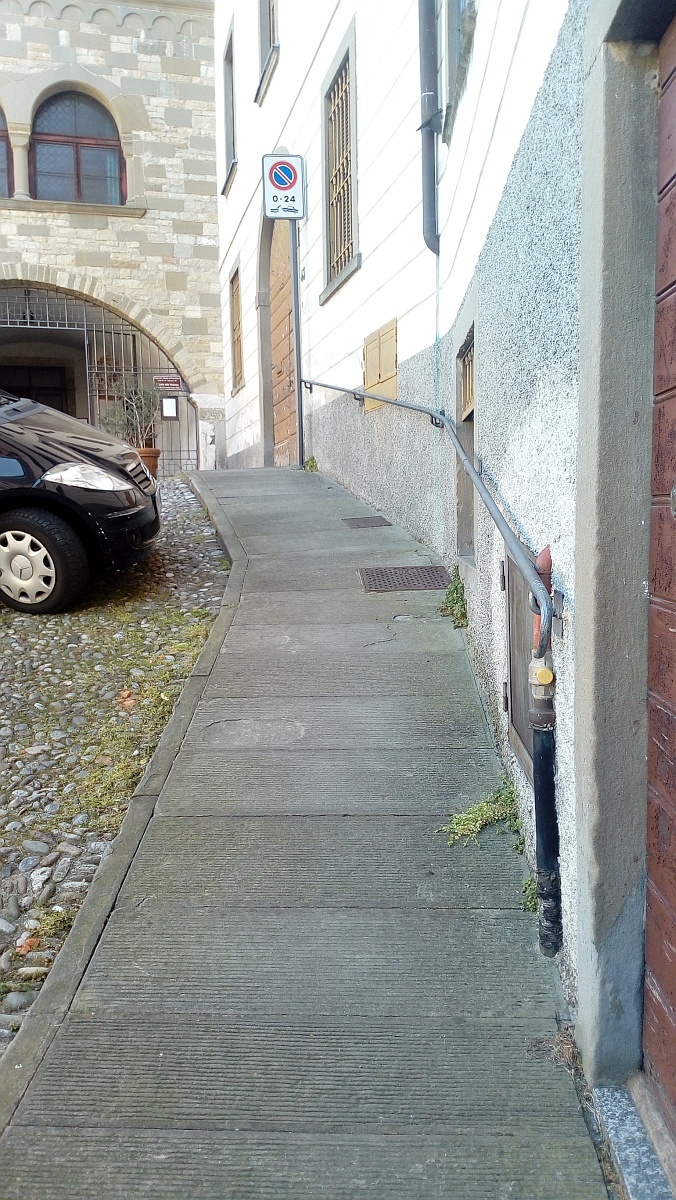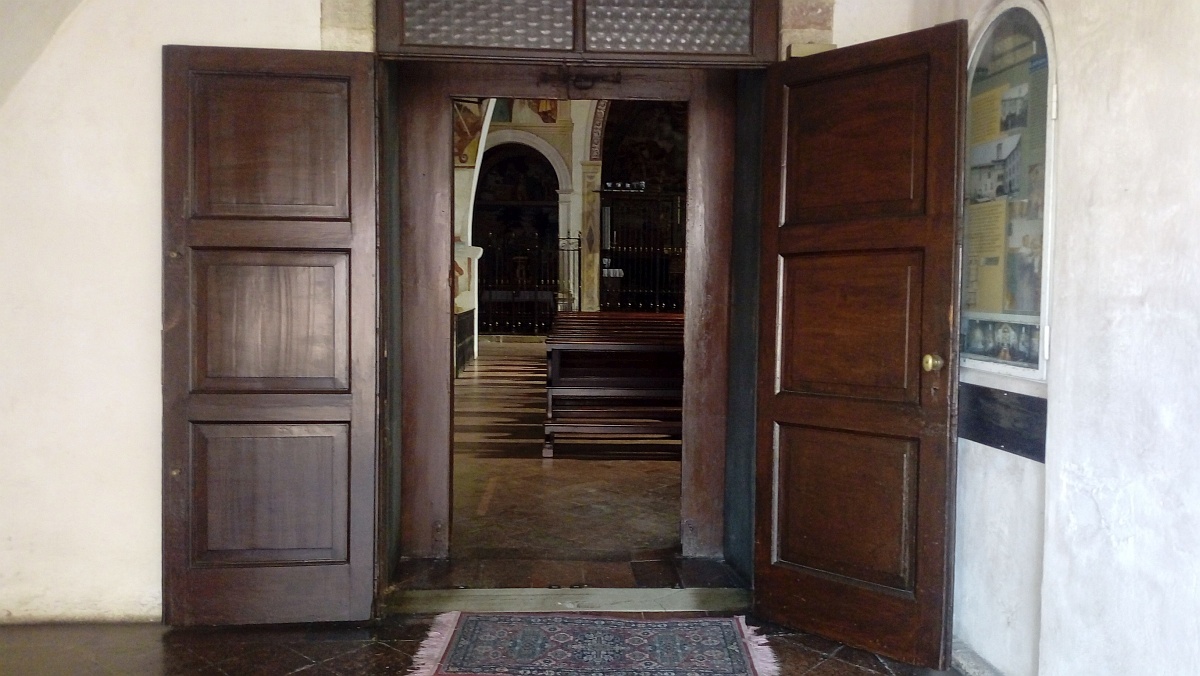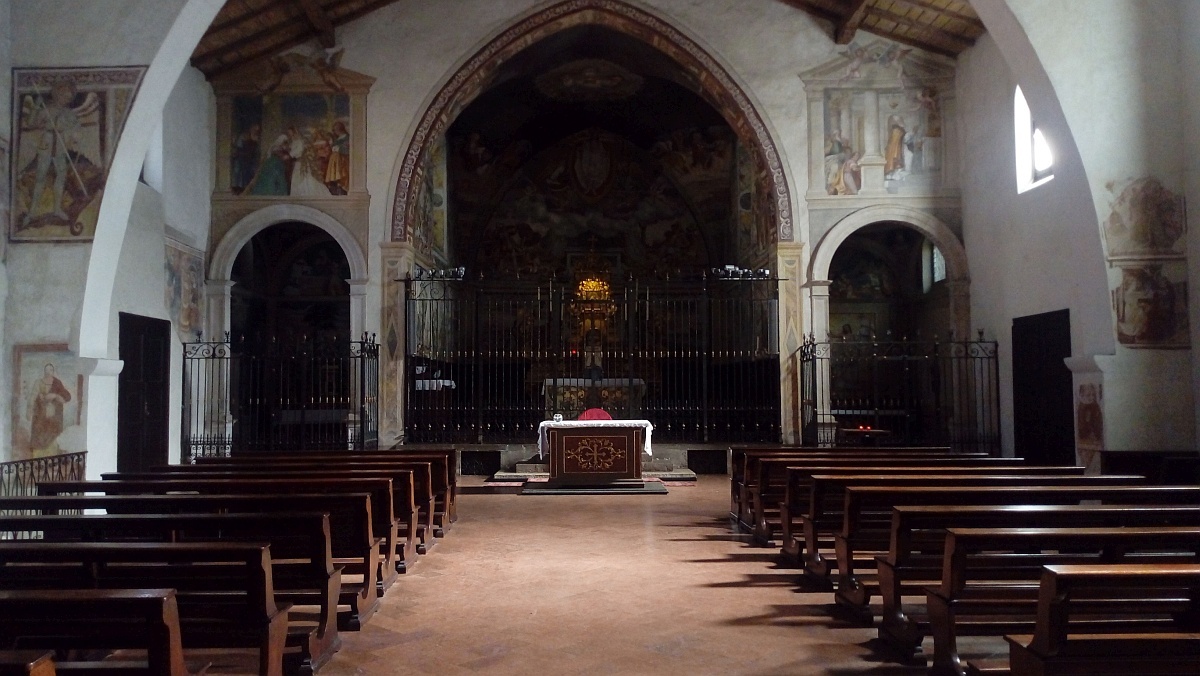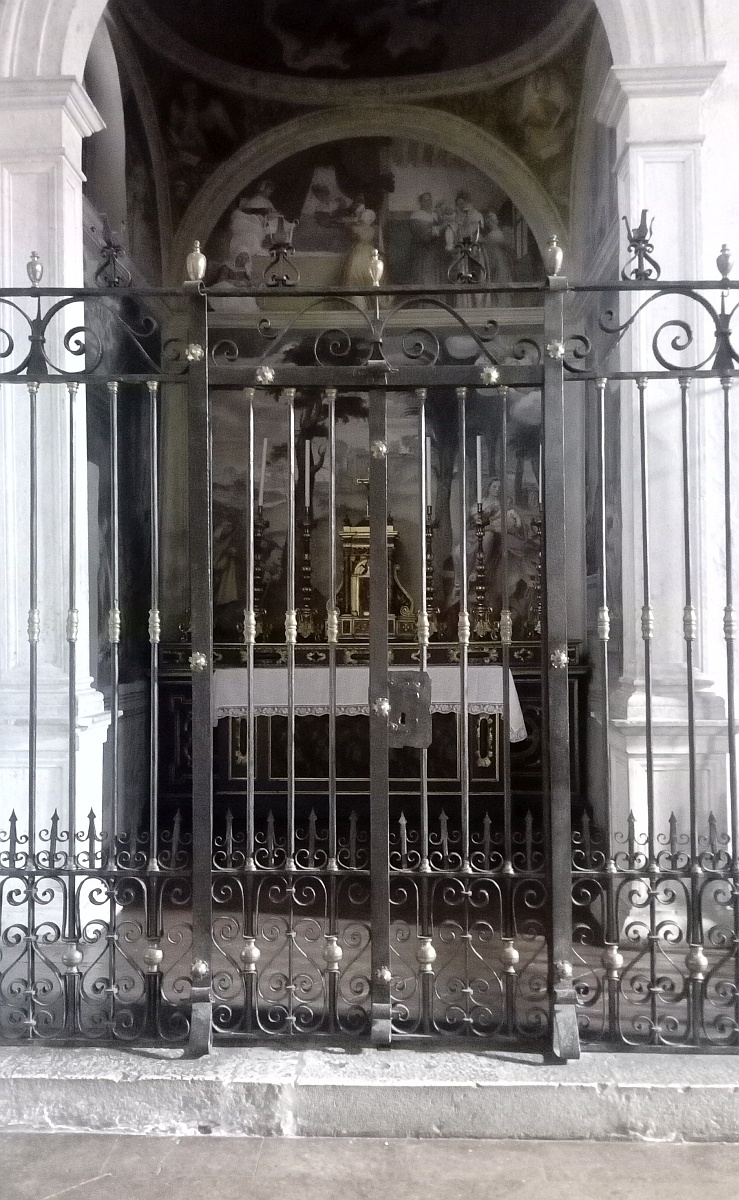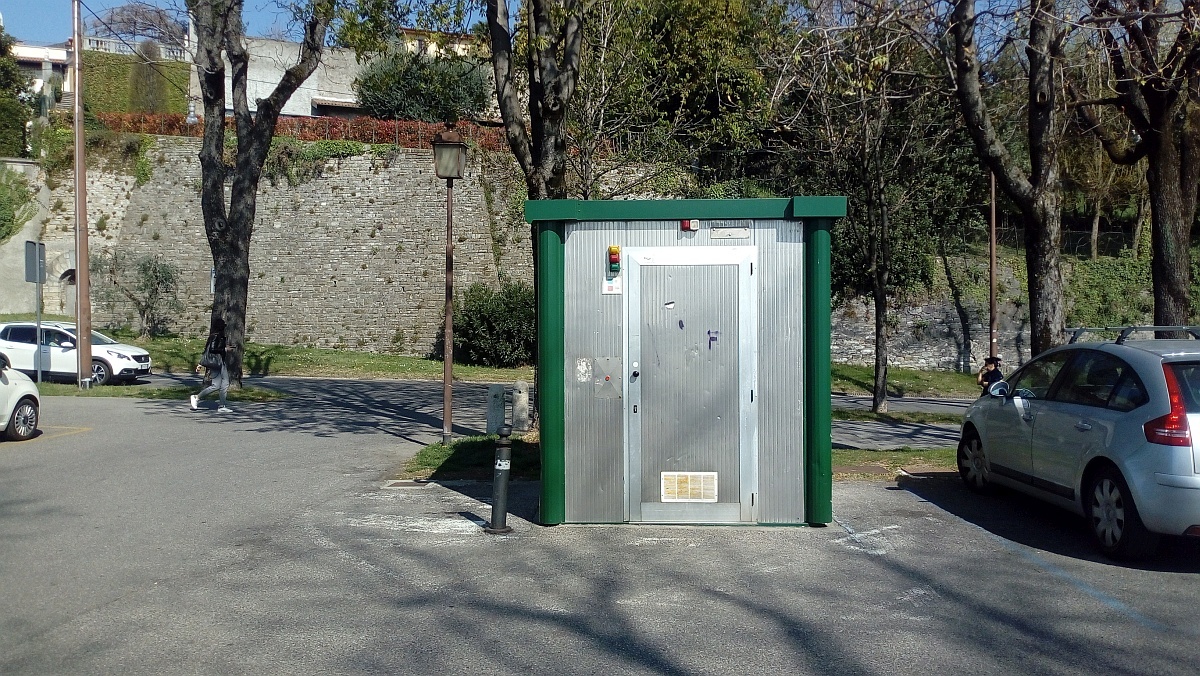Did you know that the celebrated 16th-century artist Lorenzo Lotto lived in the “House of the Vicar” located next to this church?
The house is now partly incorporated into the nearby boarding house of the Ursuline nuns; also because of this proximity, the Venetian master created stupendous works in San Michele al Pozzo bianco, including the fresco cycle with Scenes from the Life of Mary, painted in 1525 in the left side chapel.
This church is a real treasure if you love art: it contains some of the oldest frescoes in the Bergamo province and is an exceptional lesson in the history of local painting, from the very early 1200s to the late 1500s.
The circular stone placed in the churchyard today indicates the place where the mouth of the ancient white-colored well that gives the church its name once stood.
The church dates back to Longobard times, but was renovated several times in the following centuries, up to the facade executed in 1915 in living stone.
Probably only part of the crypt, the outer wall and little else remain of the original structure; the rest was rebuilt in the 15th century.
Restorations carried out in the 1940s revealed the presence of works by various artists from the early medieval period, of absolute value, although sometimes fragmented; proving the existence of an older church under the fifteenth-century framework of the present one were paintings dating from the 1200s and perhaps earlier, of a distinctly Byzantine character.
The plan of the building is rectangular, with a curious perimeter that is not perfectly regular.
Inside you can see three chapels: the central one is accessed by three steps, and from two small windows on the side you can glimpse the interior of the crypt below, which can be reached by a staircase located in the second bay of the church, on the left.





